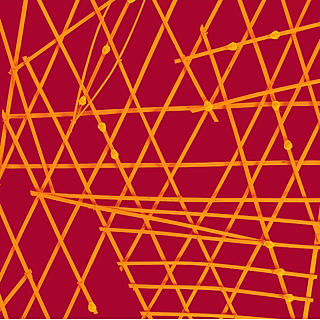Jespersen's Cycle
- Admin
- Sep 3, 2017
- 1 min read

Jespersen's Cycle describes the pattern of sentence negation in a variety of languages.
The cycle has three stages:
1) A pre-verbal marker of negation (before the verb)
2) A discontinuous marker (before and/or after the verb); and in some instances,
3) Loss of the pre-verbal marker and retention of post-verbal marker.
Once the cycle has been completed, it can start over.
The term is first attested in the 1979 publication Typology of Sentence Negation by Swedish linguist Östen Dahl, who coined the term in recognition of the Danish linguist Otto Jespersen who first identified this pattern of change.
Jespersen's Cycle has been observed in a variety of language across a variety of language families, such as English (and other Germanic languages), French, Welsh, Italic languages, Central Atlas Tamazight (a Berber language) and the Chamic languages of Cambodia, Vietnam, and Hainan, among others.
Examples (Simplified):
French
Old French Modern Standard French Modern Colloquial French
English
Old English Middle English Early Modern English
*Nauiht = "No thing"
Welsh
Middle Welsh Late Modern Welsh (Modern Standard) Present-day Welsh
Is Jespersen's Cycle applicable to your language? We'd love to know! Please comment down below...
Join our mailing list below
Like what we're doing? Support us: https://www.patreon.com/glyph





































Comments